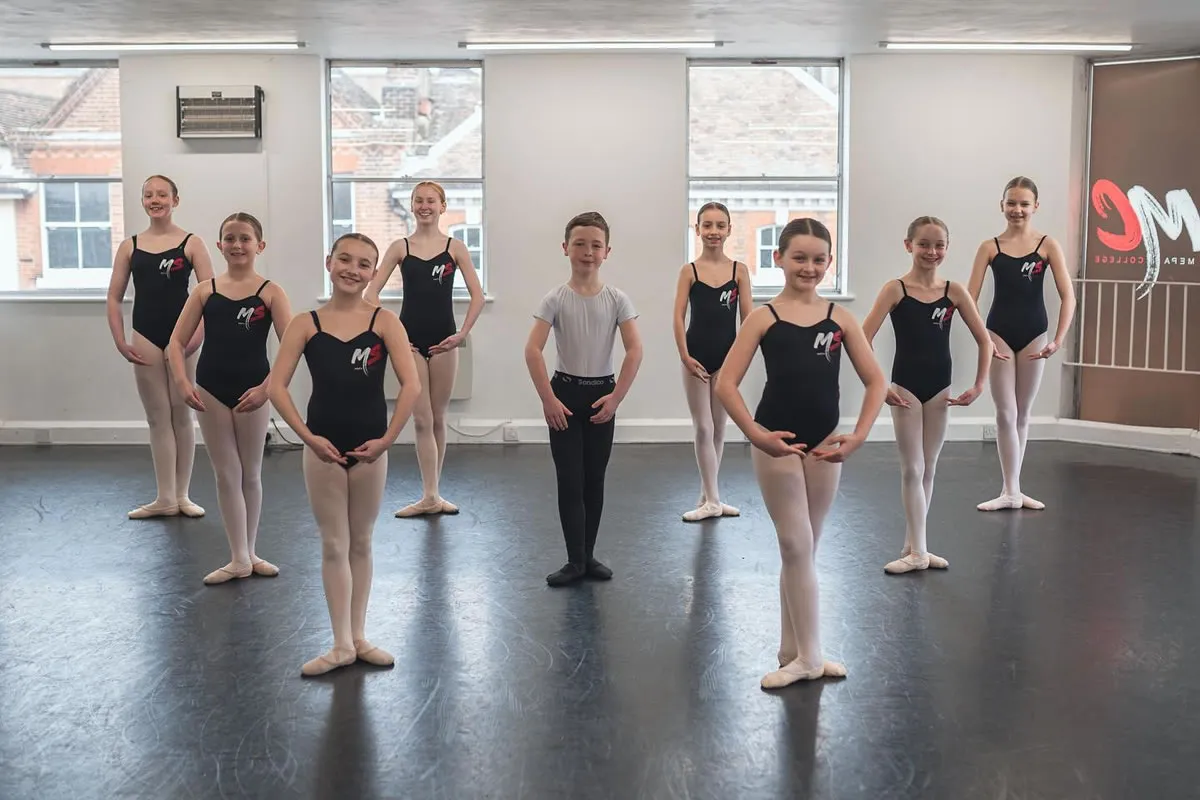The Importance of Nutrition for Dancers
Posted by Josie Parker

A good understanding and implementation of nutrition for dancers is essential. Food is fuel for the body and the fuel you choose can determine how you perform in rehearsals, on stage and in your day-to-day life.
Eating enough of each food group throughout the day ensures proper energy intake, which is required so that you are able to meet the demands of a performer. In this role your body is pushed to an elite level, one that the average person does not generally contend with, therefore it is incredibly important that you are mindful of what foods you are putting into your body, considering a healthy balanced diet that best prepares you for the demands of your day and helps you to achieve the standards you desire.
With that being said, we understand the long-standing issues many dancers may have faced when it comes to food. This industry has been known to place unnecessary pressure on participants to obtain unrealistic and unhealthy body standards, and so within this article we hope to offer helpful advice on how to properly nourish your body for your best performance.
At MEPA we wish to impart a healthy outlook on food, nutrition and body image, focusing on our students’ capabilities and helping them to be their best, not focus on how they look.
So, with this in mind, what types of food should dancers eat in order to most benefit them?
Carbs
Carbohydrates provide glucose, as well as other beneficial nutrients (such as iron, zinc and vitamin B12) which is converted into energy, supporting the body in physical activity. In an article referencing sport nutrition, the researcher states,
Without glucose, a dancer’s skills and strength would be compromised and the feeling of muscle fatigue would take over.
(Natalie Monson, 2020)
There are different types of carbs that are absorbed and processed at different rates depending on their glycaemic index. Some carbs are considered slow-release and are classified as ‘Complex’, these provide the body with energy over a longer period of time, whereas ‘Simple’ carbs provide a quicker dose of energy which could be just what you need after a long day of rehearsals.
Finding different sources of energy helps to keep the body going as you undertake demanding physical activities.
Complex carbs
- Quinoa
- Brown rice
- Oats
- Sweet potato
Simple carbs
- Sugar
- Fruits
- Baked treats
- Cereal
Fats
Generally, our society has a fear of fat because of the narratives projected through diet culture, however it is an essential part of a healthy diet and including this macronutrient within your meals (in moderation of course)will help you feel full throughout the day.
Contrary to popular belief, fats provide a number of health benefits... they are a good source of energy, protect our organs, keep us warm and aid in the in absorption of vitamins A, D, E and K. In addition to this, unsaturated fats (found in oils, fatty fish such as salmon and tuna, avocados, nuts and seeds) provide anti-inflammatory benefits and promote muscular repair. As you can imagine, a dancer’s body sustains a lot of wear and tear through the high levels of activity, and so consuming fats helps to combat this (Fine, 2023).
Healthy fats
- Mackerel
- Avocado
- Eggs
- Ground flaxseed
Protein
Protein plays a key role in muscle building, which is essential for the strength and power required of dancers. It can be found in both animal-based and plant-based products, for example chicken, eggs, lentils and tofu. The body needs protein to maintain and replace tissues and, to function and grow (Bhupathiraju & Hu, 2023).
Without the above food groups that provide more direct sources of energy, the body will begin to break down muscle - protein stores - and instead use this for energy. It is therefore essential we understand the importance of each group, how they work together and the role they play in fueling our bodies.
Protein sources
- Greek yoghurt
- Cottage cheese
- Turkey
- Black beans
A Healthy Balance
In total there are five food groups, in addition to the three listed, there is also Dairy and Fruit/vegetables. Ultimately everything is about balance, and knowing what foods can help us feel fueled and ready for action.
I think it is also important however to mention in this article that, whilst we have reiterated that food fuels the body, it is not only about this. Food is often the centre of most celebrations, it brings people together, it cheers you up when you’ve had a bad day and is generally what most of our schedules are based around as we plough through the day past breakfast, lunch and dinner.
I mention this because, some dancers may become fixated on maintaining a strict diet. Again, everything is about balance so don’t feel bad for eating up your Christmas dinner, or having that slice of birthday cake! Just be mindful, moderate and aware of what your body may need at different times.
Water
Water is another essential element of nutrition that should be monitored and maintained properly, so as to stay hydrated throughout any physical activity. It makes up 60% of our body weight and is therefore the largest component in the human body. Being hydrated stops us from over-heating and helps the body to promote heat loss which, especially when dancing, improves overall athletic performance and aids in recovery (Neverlands Studios, 2023).
Failing to rehydrate the body properly can result in the following:
- Difficulty with concentration
- Impaired ability to focus
- Increased risk for overheating
- Muscle cramps
- Early onset muscle fatigue
Researchers suggest that in the 2-4 hours prior to a dance class, you should aim to hydrate in preparation and to continue to pro-actively hydrate during and after the class as well.
Snack ideas
To round this article off... how about a few snack ideas to help keep you going throughout the dancing day?
- Oat bites
- Yoghurt with granola and seeds
- Hummus and whole grain crackers
- Turkey and avocado roll-ups
- Topped rice cakes
- Dates
- Malt loaf
- Trail mix
- Blueberry muffins
Let us know if you try any!
About the Author

Josie Parker
Josie has trained in a variety of dance styles including Ballet, Tap, Modern, Jazz, varying contemporary techniques, street/commercial dance and heels. In 2019 she graduated from Canterbury Christ Church University earning a BA degree in Dance Education with First Class Honours and the award for best academic work.
Supporting qualifications include the University of the Arts London (UAL) Diploma in Performing and Production Arts, as well as all graded examinations in RAD Ballet. She has also performed in numerous shows across the country.